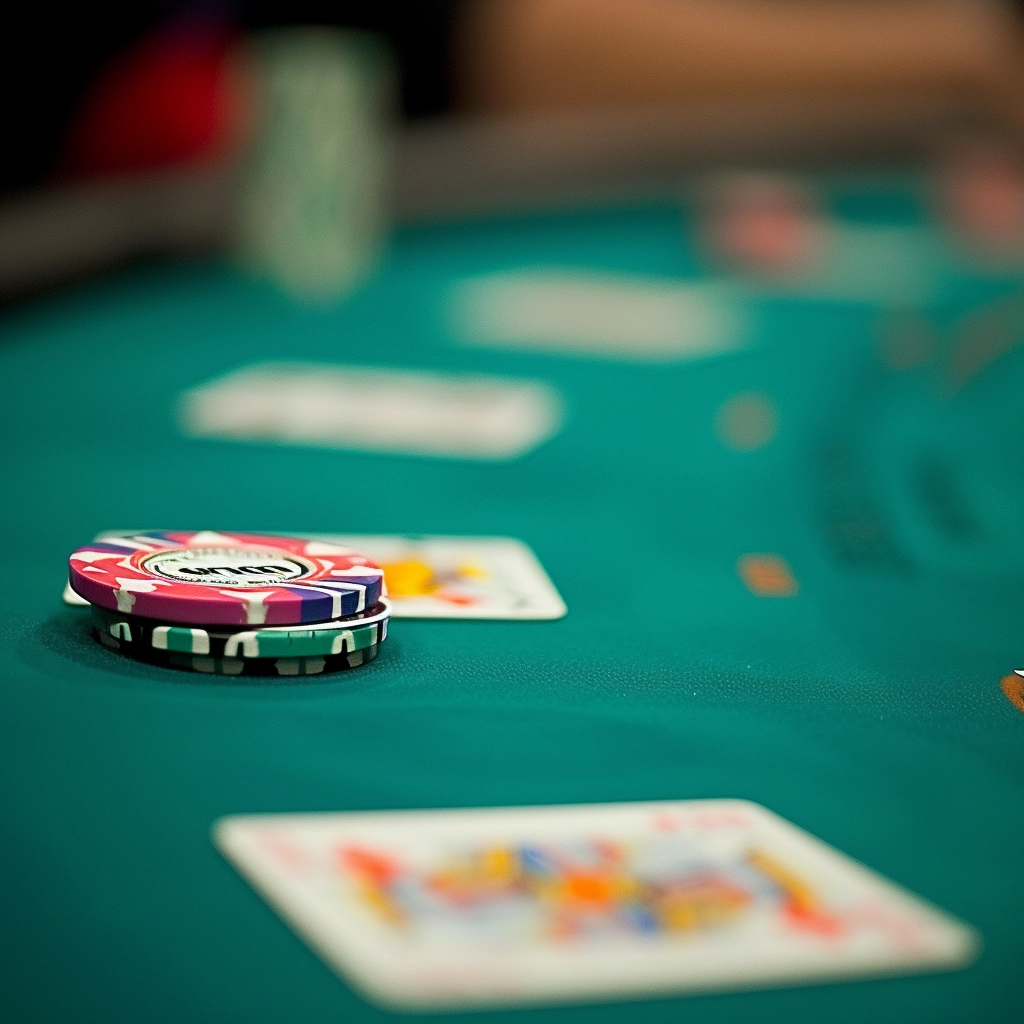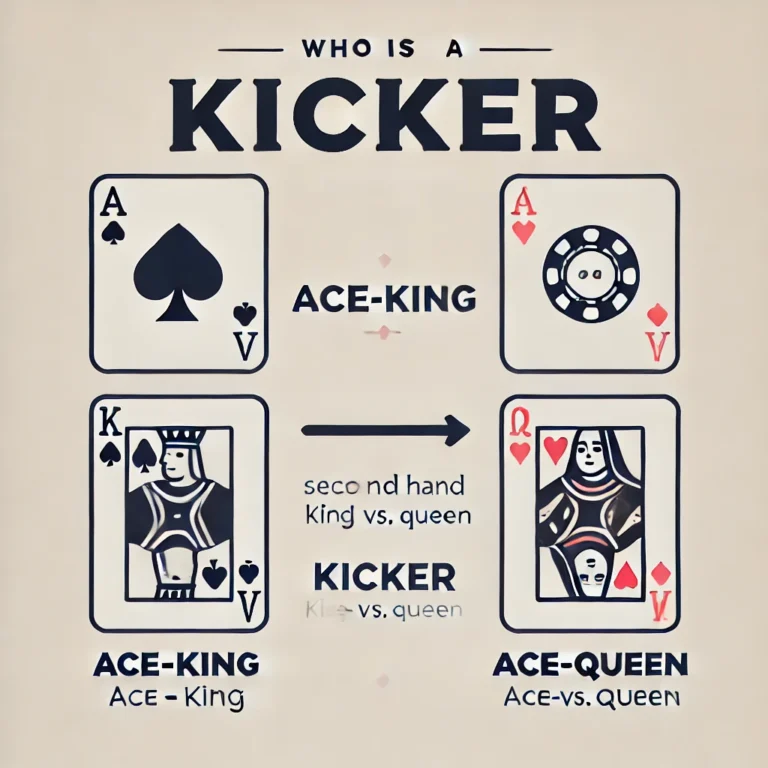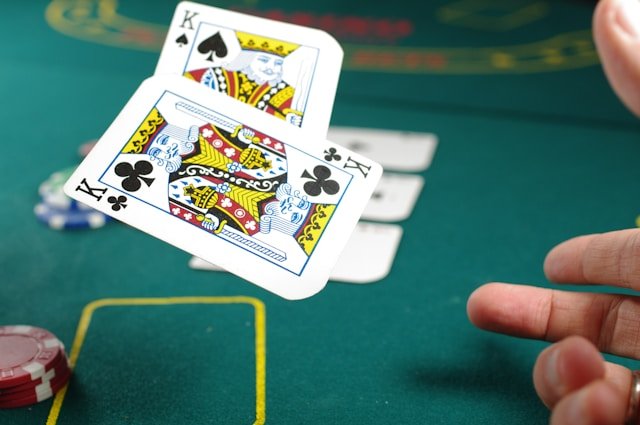In poker, a blend of skill and chance dictates every hand. While luck plays its part, mastering the nuances of strategy and mathematics significantly impacts one’s success. This underscores the value of poker tables: they serve as invaluable aids, offering guidance to navigate the complexities of decision-making based on the cards at hand. It’s important to recognize that effectively utilizing these poker tables for beginners in real gameplay demands practice and a deeper comprehension of situational contexts.
The tables presented here offer foundational and general insights. Optimal decisions in poker hinge on various factors, including opponents’ playing styles, your table image, and the game format (tournament or cash game).
Thus, consider these tables as starting points for learning, with the understanding that adaptation and refinement come with experience.
Guides for Poker Tables For Beginners
Preflop Tables
The preflop phase, where players receive their initial cards, sets the stage for each hand’s outcome. Preflop odds tables are indispensable for novices, offering clarity on the likelihood of success with different starting hands.
Tailored tables exist for diverse scenarios, such as facing aggression, confronting multiple opponents, or determining whether to raise, call, or fold. These tables provide easily digestible insights into hand strength, empowering beginners to make informed decisions before community cards are revealed.
Odds and Outs Tables
In the midst of a hand, aspiring players often seek to enhance their prospects with subsequent community cards. Odds and outs tables serve as invaluable companions, aiding in calculating the likelihood of hand improvement and identifying “outs”—cards that can bolster one’s hand.
Mastering these tables empowers novices to make informed choices on whether to continue or fold. Understanding odds and outs also informs betting strategies, maximizing value when favorable opportunities arise.
Example of a Basic Odds and Outs Table
This table outlines the approximate percentage chance of hand improvement based on outs after the flop. An “out” refers to a card believed to upgrade the hand to a winning one.
Note: Percentages are approximations for swift decision-making during play.
Hand Rank Tables In poker, not all hands are created equal. Hand rank tables provide a swift overview of hand strengths, crucial for strategic decision-making. Particularly useful in considering position-specific dynamics, they enable beginners to adapt their gameplay accordingly.
Pot Odds Tables
Assessing the relationship between pot size and required bet amounts is pivotal. Pot odds tables facilitate this evaluation, guiding novices in determining the viability of their investments from an odds perspective.
Understanding pot odds is fundamental to sound decision-making, allowing players to avoid suboptimal choices and optimize long-term winnings.
Example of a Simplified Pot Odds Table
This table aids in deciding whether a bet is worth calling based on pot and required bet sizes. By comparing improving odds with pot odds, players can gauge the mathematical advantage of calling.
Position Tables
Positional awareness significantly shapes gameplay. Position tables elucidate strategic nuances based on first, middle, and last positions, advising on hand selection and adjustment strategies according to table dynamics.
These tables empower novices to tailor their approach based on opponents’ actions, enhancing strategic acumen.
The Significance of Poker Tables for Beginners

In poker, information is paramount, and tables serve as invaluable aids for novices. Whether calculating preflop odds, evaluating pot odds, or adjusting based on position, these resources offer reliable guidance, accelerating the learning curve and fostering strategic prowess. Poker demands skill, guile, and patience, and tables serve as indispensable allies on the journey toward success—both at virtual and live tables.
Tips for Choosing Poker Tables for Beginners
Assessing Your Proficiency Level
Begin by evaluating your skill level to pinpoint the most suitable poker table for you. Selecting the optimal poker table involves considering your own abilities and familiarity with the game. An ideal table should present a balance, offering challenges while still fostering your growth. For beginners or those with limited experience, starting with a table tailored to your skill level is advisable. Seek out a table that provides a comfortable setting, featuring basic amenities and a lower entry cost. This approach allows you to build confidence and refine your abilities without feeling overwhelmed. Conversely, if you perceive yourself as a seasoned player, you might be ready for a more demanding and upscale poker table. A luxurious setup not only elevates the gaming experience but also attracts fellow skilled players, fostering a competitive ambiance that encourages skill enhancement.
Understanding your proficiency level is pivotal in selecting the right poker table. It ensures an enjoyable yet enriching gaming environment conducive to your growth as a player. By accurately assessing your capabilities, you can find a suitable poker table that complements your style and offers an appropriate level of competition.
Considering Table Dynamics
To grasp the dynamics of poker tables fully, it’s essential to analyze your opponents’ playing styles and the overall vibe at the table. Comprehending table dynamics significantly enhances your poker experience and enhances your chances of success. Firstly, observe your opponents’ playing styles closely. Are they aggressive or passive? Do they favor tight or loose gameplay? By studying their actions, you glean valuable insights into their strategies, enabling you to adjust your own approach accordingly. For instance, consistent pre-flop raises from a player may signal a strong hand, while frequent checks or calls may indicate a more cautious player. Moreover, take note of the overall atmosphere at the table. Is it lively and energetic, or subdued? This atmosphere influences the level of competition and the mood of the players, impacting your gaming experience. A vibrant table may foster aggressive play, with participants willing to take risks, while a quieter setting may promote a more conservative approach.
Consider the type of poker table as well. A folding table might attract recreational players seeking a casual experience, presenting opportunities for strategic exploitation.
Assessing Table Conditions
Before making any decisions, assess the table conditions to ensure an optimal poker environment. Evaluating table conditions is crucial for maximizing your chances of success. Consider factors such as the number of players, their playing styles, and the overall atmosphere. A full table with many players presents more variables to navigate, whereas a smaller table offers more opportunities for strategic maneuvering. Observe your opponents’ playing styles—are they loose and aggressive or tight and passive? Identifying weak players and experienced opponents can inform your gameplay strategy.
Additionally, consider the overall atmosphere—is it lively or subdued?
Tailor your approach to match the ambiance, ensuring your focus and decision-making are optimized for success.











